- EXTRAVAREM LR CE
- STARVAREM
- MAXIVAREM LR CE
Sizing for the heating expansion vessels
For a correct dimensioning of the heating expansion vessel, these parameters should be known:
See products
C water volume inside the system including boiler, pipes and heating bodies considering a 15-20% safe weighting. By and large, C is between 10 and 20 l each 1000 Ikcal/h (1.163 kW) of the heating power of the boiler.
e Water dilation coefficient, the maximum difference between the calibration temperature of the boiler thermostat and the water temperature with the system switched off. See table below for sample.
Calculation example, coefficient e of water dilation
Coeff. e

Water Temp. (°C)
| Temperature difference (°C) | Coefficient e |
|---|---|
| 0 | 0.00013 |
| 10 | 0.00027 |
| 20 | 0.00177 |
| 30 | 0.00435 |
| 40 | 0.01210 |
| 50 | 0.01450 |
| 55 | 0.01710 |
| 60 | 0.01980 |
| 65 | 0.02270 |
| 70 | 0.02580 |
| 75 | 0.02900 |
| 80 | 0.03240 |
| 85 | 0.03590 |
| 90 | 0.03960 |
| 100 | 0.04340 |
| 110 | 0.05150 |
Pia Absolute precharge pressure of the expansion vessel, sum of the relative precharge value of the vessel (determined by the system) and the air pressure:
Pia= Pir + Patm
Pfa Absolute test pressure of the safety valve, sum of the relative precharge value of the valve and the air pressure:
Pfa = Pfr ¡À P atm
Given these parameters, the formula is as follows:

The value
Example of calculation
| C = 550 l | Quantity of water in the installation |
|---|---|
| ti = 5 °C | Water temperature with the system switched off |
| tf= 70 °C | Water temperature with the system operating |
| Δ(t) = 70 °C - 5 °C = 65 °C | Temperature difference |
| e = 0,0198 | Dilation coefficient measured by temperature difference, see table above |
| Pir = 1,5 bar | Relative system precharge pressure |
| Pia = 1,5 bar + 1 bar = 2,5 bar | Absolute system precharge pressure |
| Pfr = 3 bar | Relative safety valve test pressure |
| Pfa = 3 bar + 1 bar = 4 bar | Absolute safety valve test pressure |

Dimensioning of an expansion vessel for conditioning systems
The water circuit on a conditioning system provides cold water from a refrigeration group and returns it after heating.
The Pi pressure is equal to the maximum system pressure, that is the maximum temperature reached by the system, preventively calculated 50 °C.
The Pf pressure is the value reached at minimum temperature, about 4 °C (in case of lower temperature, please check for possible modifications to the equation).
The capacity of the tank is given by:

Useful volume of water in the tank
The value of the air pressure in the tank balances the water pressure.
Considering the air compression isotherm, the pV product is constant. Introducing water in the tank, the air volume decreases, increasing pressure.
See the table below for an example of constant pV ratio in a 100 lts. tank with an absolute precharge pressure of 2 bar (constant pV ratio: 200).
| Water pressure (bar) | Water content (l) |
|---|---|
| 2 | 0 |
| 4 | 40 |
| 8 | 65 |
100 lts. tank with precharge pressure of 2 bar

The safety valve
The valve shutter is activated by the steam under pressure. It opens overcoming the force applied to the shutter by a spring.
At preset pressure, the security valve starts to open, and at the nominal discharging pressure (usually more than 10% of the calibration) it is completely open.
The valve closes at 80% of the preset value. This device guarantees the external discharging of the steam that could form within the system after exceeding of the preset thermostatic values.
Notes
The International Standard of Measurements uses the pascal unit (Pa). 1 bar = 10^5 Pa.
The water content of a tank is always less than the nominal capacity of the tank.
Upon request, Varem provides a CD-ROM with an application of dimensioning.
Find further technical information on the technical sheets of the products.

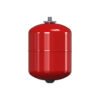
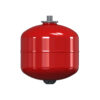
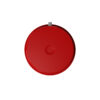
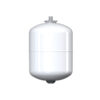
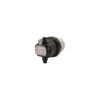
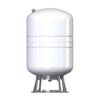
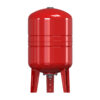
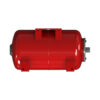
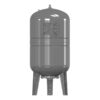
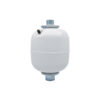
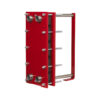
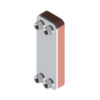
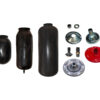
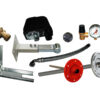
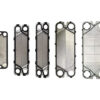
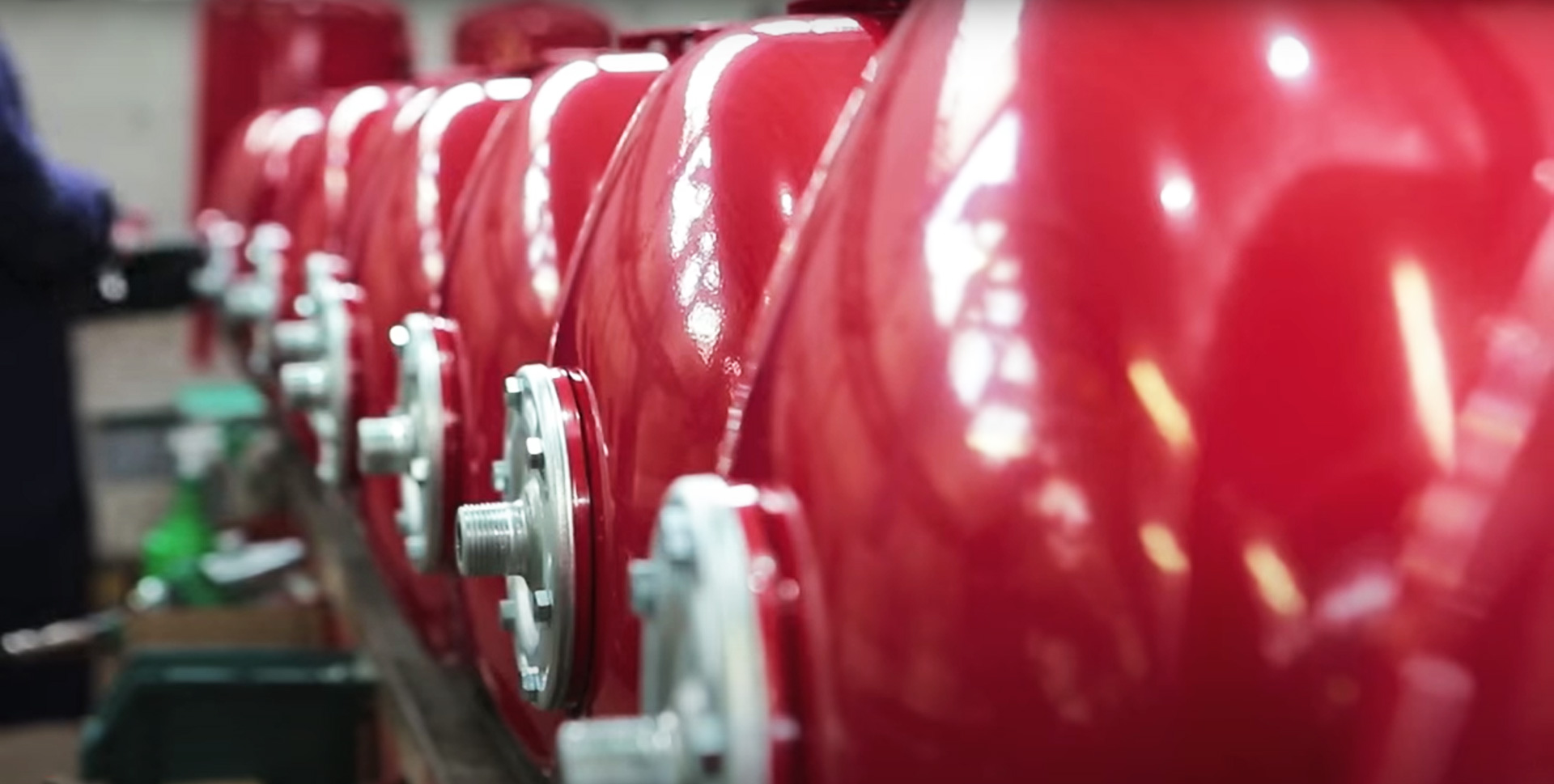

 Italiano
Italiano Deutsch
Deutsch